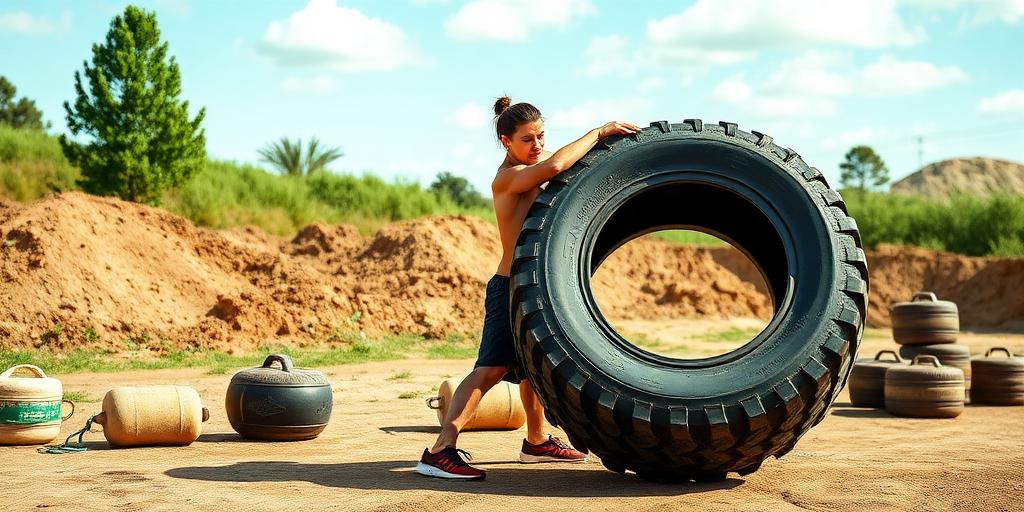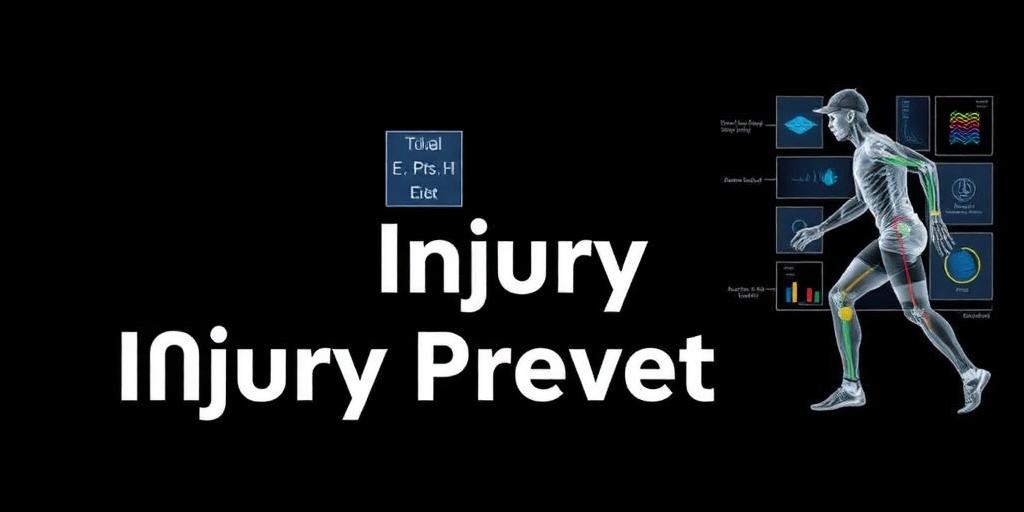Overtraining syndrome (OTS) is a condition that occurs when an athlete trains beyond their body's ability to recover. It's more than just feeling tired after a hard workout; it's a persistent state of fatigue and underperformance that can impact both physical and mental health. Recognizing the signs of overtraining is crucial for athletes of all levels to prevent long-term consequences.
What is Overtraining Syndrome?
OTS is a complex condition that results from an imbalance between training and recovery. When you train, your body undergoes stress, which leads to muscle damage and glycogen depletion. Recovery allows your body to repair the damage, replenish energy stores, and adapt to the training stimulus. If you don't allow enough time for recovery, your body can't keep up with the demands of training, leading to OTS.
Common Signs and Symptoms
Recognizing the signs of overtraining can be challenging because they can vary from person to person. However, some common symptoms include:
- Persistent Fatigue: Feeling tired even after adequate rest. This fatigue is more than just normal tiredness; it's a deep, unrelenting exhaustion.
- Decreased Performance: A noticeable decline in athletic performance despite continued training. You might find it harder to hit your usual times, lift the same weights, or maintain your normal endurance.
- Increased Perceived Exertion: Workouts feel harder than they should. What used to feel easy now feels difficult.
- Sleep Disturbances: Difficulty falling asleep, staying asleep, or experiencing restless sleep. Some athletes may also experience excessive daytime sleepiness.
- Mood Changes: Increased irritability, anxiety, depression, or difficulty concentrating. Overtraining can affect your mental and emotional well-being.
- Loss of Motivation: Feeling less excited about training and competition. You might dread going to the gym or track.
- Increased Susceptibility to Illness: Frequent colds, infections, or other illnesses. Overtraining can weaken your immune system.
- Muscle Soreness: Prolonged or excessive muscle soreness that doesn't improve with rest.
- Elevated Resting Heart Rate: A higher than normal resting heart rate, even after several days of rest. This can be an early warning sign of overtraining.
- Changes in Appetite: Loss of appetite or changes in eating habits. Some athletes may also experience nausea or digestive issues.
How to Prevent Overtraining
Prevention is key when it comes to overtraining. Here are some strategies to help you avoid OTS:
- Proper Training Plan: Follow a well-structured training plan that includes periods of high-intensity training and periods of rest and recovery.
- Adequate Rest: Get enough sleep (7-9 hours per night) and schedule rest days into your training plan. Rest days allow your body to recover and rebuild.
- Nutrition: Eat a balanced diet that provides enough calories, protein, carbohydrates, and healthy fats to fuel your training and recovery.
- Hydration: Drink plenty of water throughout the day to stay hydrated. Dehydration can exacerbate fatigue and hinder recovery.
- Listen to Your Body: Pay attention to your body's signals and don't ignore pain or fatigue. If you're feeling run down, take a break.
- Cross-Training: Incorporate cross-training activities into your routine to reduce the stress on specific muscle groups and prevent overuse injuries.
- Stress Management: Manage stress levels through relaxation techniques, such as yoga, meditation, or deep breathing exercises. Stress can contribute to overtraining.
- Monitor Training Load: Keep track of your training volume, intensity, and frequency to ensure you're not doing too much too soon.
What to Do If You Think You're Overtraining
If you suspect you might be overtraining, the first thing you should do is reduce your training load. This might mean taking a few days off or reducing the intensity and duration of your workouts. It's also important to:
- Consult a Doctor: Talk to your doctor to rule out any underlying medical conditions that might be contributing to your symptoms.
- Seek Expert Advice: Consult with a coach or athletic trainer who can help you adjust your training plan and provide guidance on recovery strategies.
- Focus on Recovery: Prioritize rest, nutrition, and stress management to help your body recover. Consider incorporating recovery modalities such as massage, foam rolling, or ice baths.
Overtraining syndrome can have a significant impact on your athletic performance and overall health. By recognizing the signs and symptoms of overtraining and taking steps to prevent it, you can stay healthy, perform at your best, and enjoy your sport for years to come.









